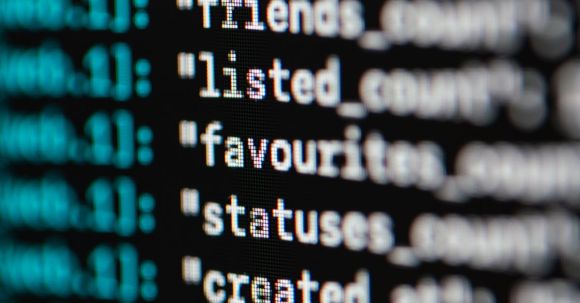In today’s digital age, cyber threats have become increasingly prevalent and sophisticated. Organizations of all sizes are constantly at risk of falling victim to cyber attacks that can cause significant financial losses, reputational damage, and even legal consequences. As a result, there is a growing demand for advanced technologies that can effectively detect and prevent these threats. Artificial Intelligence (AI) is emerging as a powerful tool in the fight against cybercrime. With its ability to analyze vast amounts of data in real-time and learn from patterns, AI has the potential to revolutionize cyber threat detection and response. In this article, we will explore how AI is shaping the future of cyber threat detection.
Enhanced Threat Detection
One of the main advantages of AI in cyber threat detection is its ability to detect and identify threats that would otherwise go unnoticed by traditional security measures. AI algorithms can analyze large volumes of data, including network logs, user behavior, and system events, to identify patterns and anomalies that may indicate a cyber attack. By continuously monitoring network traffic and user activity, AI systems can quickly detect and respond to potential threats, minimizing the risk of a successful attack.
Real-time Incident Response
In addition to detecting threats, AI can also play a crucial role in responding to cyber incidents in real-time. Traditional security systems often rely on predefined rules and signatures to identify and mitigate threats. However, these systems are limited in their ability to adapt to new and evolving attack techniques. AI, on the other hand, can learn from past incidents and adapt its response strategies accordingly. By continuously analyzing and updating its knowledge base, AI systems can quickly identify and respond to new and emerging threats, reducing the response time and minimizing the impact of a cyber attack.
Automated Threat Hunting
Another area where AI is revolutionizing cyber threat detection is in the field of automated threat hunting. Traditionally, threat hunting has been a manual and time-consuming process that involves sifting through large volumes of data to identify potential threats. AI-powered threat hunting tools can automate this process, allowing security analysts to focus on more complex and strategic tasks. By leveraging machine learning algorithms, these tools can quickly analyze vast amounts of data and identify patterns and indicators of compromise that may indicate a cyber attack. This not only saves time and resources but also enhances the accuracy and effectiveness of threat hunting activities.
Improved Accuracy and Reduced False Positives
One of the challenges in cyber threat detection is the high number of false positives generated by traditional security systems. False positives not only waste valuable time and resources but also increase the risk of missing genuine threats. AI can help address this challenge by reducing false positives and improving the accuracy of threat detection. By analyzing large volumes of data and learning from patterns, AI algorithms can identify and prioritize the most critical threats, reducing the number of false alarms and enabling security teams to focus on genuine threats.
Conclusion: A New Era of Cyber Security
As the threat landscape continues to evolve, organizations must embrace innovative technologies to stay ahead of cybercriminals. AI is emerging as a game-changer in the field of cyber threat detection, offering enhanced threat detection, real-time incident response, automated threat hunting, and improved accuracy. By leveraging AI-powered solutions, organizations can strengthen their cyber defenses and minimize the risk of falling victim to cyber attacks. As we move forward, it is clear that AI will shape the future of cyber threat detection and pave the way for a new era of cyber security.





